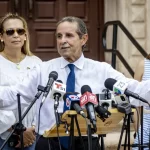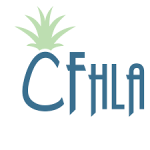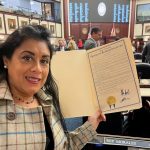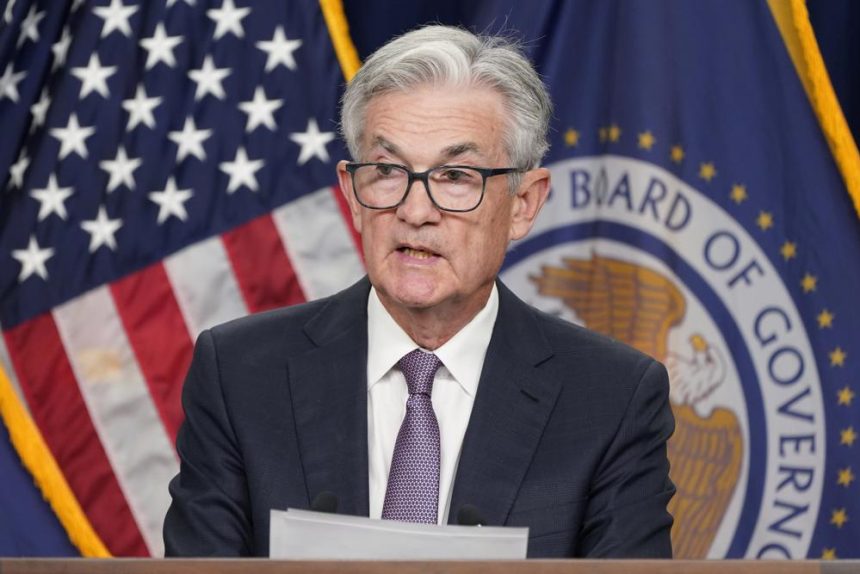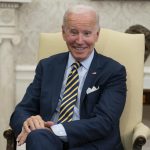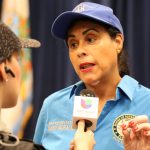WASHINGTON (AP) — The Federal Reserve delivered its bluntest reckoning Wednesday of what it will take to finally tame painfully high inflation: Slower growth, higher unemployment and potentially a recession.
Speaking at a news conference, Chair Jerome Powell acknowledged what many economists have been saying for months: That the Fed’s goal of engineering a “soft landing” — in which it would manage to slow growth enough to curb inflation but not so much as to cause a recession — looks increasingly unlikely.
“The chances of a soft landing,” Powell said, “are likely to diminish” as the Fed steadily raises borrowing costs to slow the worst streak of inflation in four decades. “No one knows whether this process will lead to a recession or, if so, how significant that recession would be.”
Before the Fed’s policymakers would consider halting their rate hikes, he said, they would have to see continued slow growth, a “modest” increase in unemployment and “clear evidence” that inflation is moving back down to their 2% target.
“We have got to get inflation behind us,” Powell said. “I wish there were a painless way to do that. There isn’t.”
Powell’s remarks followed another substantial three-quarters of a point rate hike — its third straight — by the Fed’s policymaking committee. Its latest action brought the Fed’s key short-term rate, which affects many consumer and business loans, to 3% to 3.25%. That’s its highest level since early 2008.
Falling gas prices have slightly lowered headline inflation, which was a still-painful 8.3% in August compared with a year earlier. Those declining prices at the gas pump might have contributed to a recent rise in President Joe Biden’s public approval ratings, which Democrats hope will boost their prospects in the November midterm elections.
On Wednesday, the Fed officials also forecast more jumbo-size hikes to come, raising their benchmark rate to roughly 4.4% by year’s end — a full point higher than they had envisioned as recently as June. And they expect to raise the rate again next year, to about 4.6%. That would be the highest level since 2007.
By raising borrowing rates, the Fed makes it costlier to take out a mortgage or an auto or business loan. Consumers and businesses then presumably borrow and spend less, cooling the economy and slowing inflation.
In their quarterly economic forecasts, the Fed’s policymakers also projected that economic growth will stay weak for the next few years, with unemployment rising to 4.4% by the end of 2023, up from its current level of 3.7%. Historically, economists say, any time unemployment has risen by a half-point over several months, a recession has always followed.
“So the (Fed’s) forecast is an implicit admission that a recession is likely, unless something extraordinary happens,” said Roberto Perli, an economist at Piper Sandler, an investment bank.
Fed officials now foresee the economy expanding just 0.2% this year, sharply lower than their forecast of 1.7% growth just three months ago. And they envision sluggish growth below 2% from 2023 through 2025. Even with the steep rate hikes the Fed foresees, it still expects core inflation — which excludes volatile food and gas costs — to be 3.1% at the end of 2023, well above its 2% target.
Powell warned in a speech last month that the Fed’s moves will “bring some pain” to households and businesses. And he added that the central bank’s commitment to bringing inflation back down to its 2% target was “unconditional.”
Short-term rates at a level the Fed is now envisioning will force many Americans to pay much higher interest payments on a variety of loans than in the recent past. Last week, the average fixed mortgage rate topped 6%, its highest point in 14 years, which helps explain why home sales have tumbled. Credit card rates have reached their highest level since 1996, according to Bankrate.com.
Inflation now appears increasingly fueled by higher wages and by consumers’ steady desire to spend and less by the supply shortages that had bedeviled the economy during the pandemic recession. On Sunday, Biden said on CBS’ “60 Minutes” that he believed a soft landing for the economy was still possible, suggesting that his administration’s recent energy and health care legislation would lower prices for pharmaceuticals and health care.
The law may help lower prescription drug prices, but outside analyses suggest it will do little to immediately bring down overall inflation. Last month, the nonpartisan Congressional Budget Office judged it would have a “negligible” effect on prices through 2023. The University of Pennsylvania’s Penn Wharton Budget Model went even further to say “the impact on inflation is statistically indistinguishable from zero” over the next decade.
Even so, some economists are beginning to express concern that the Fed’s rapid rate hikes — the fastest since the early 1980s — will cause more economic damage than necessary to tame inflation. Mike Konczal, an economist at the Roosevelt Institute, noted that the economy is already slowing and that wage increases — a key driver of inflation — are levelling off and by some measures even declining a bit.
Surveys also show that Americans are expecting inflation to ease significantly over the next five years. That is an important trend because inflation expectations can become self-fulfilling: If people expect inflation to ease, some will feel less pressure to accelerate their purchases. Less spending would then help moderate price increases.
The Fed’s rapid rate hikes mirror steps that other major central banks are taking, contributing to concerns about a potential global recession. The European Central Bank last week raised its benchmark rate by three-quarters of a percentage point. The Bank of England, the Reserve Bank of Australia and the Bank of Canada have all carried out hefty rate increases in recent weeks.
And in China, the world’s second-largest economy, growth is already suffering from the government’s repeated COVID lockdowns. If recession sweeps through most large economies, that could derail the U.S. economy, too.
___


